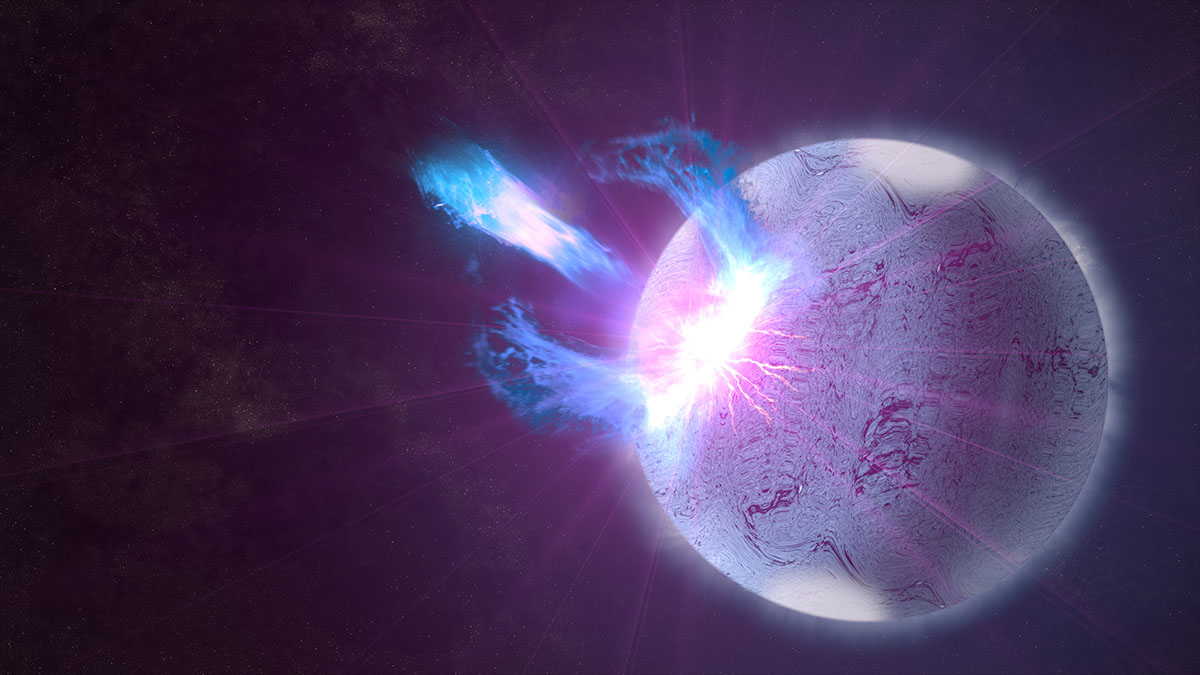where to find the energy for a warp drive

There have been a number of posts about interstellar travel on this blog, including one on the feasibility of an idea from Stephen Hawking regarding the use of Dyson spheres to absorb a star’s energy and focusing all this power to create a warp bubble, theoretical spaceships powered by artificial micro black holes, and a review of a very grounded relativistic rocket. And while most of these posts focused on how hard it is to get the energy necessary to bend space and time to allow for faster interstellar travel, as well as how hard it is to build an honest to goodness warp drive, this time I thought we’d do something a tad different and take a look at violent events in our universe to see which of them could provide either us, or advanced alien species with the energy necessary to warp time and space if we, or they, ever found a workable way to harness them.
First, we need to establish a baseline. We need 1042 J at our disposal to start altering the flow of space itself and we need to be find an event that will release at least this much power very quickly and in one place. Sure, we could set up enough solar panels around enough stars and wait for billions of years until we store enough energy, but that’s wildly impractical even for the most advanced species out there. No, we need one burst that could be harnessed and channeled into creating a warp bubble, or fuel a relativistic rocket of nearly any size to over 95% of the speed of light so relativity could take over and remove the time limits on the trip. And that’s why we’re going to turn our attention to supernovas first and foremost. When massive stars that quickly burn a lot of fuel die, they release more energy than it would take to completely disintegrate our heavy, large Sun, and more than is thought to be required to make an interstellar trip. Hypernovas, which happen when a heavy star between 8 and 130, or 250 solar masses and above, collapse into a black hole. Suns that tip the scales at 130 to 250 solar masses will simply vaporize when they explode.
A typical supernova could release as much as 1.2 × 1044 J and a hypernova can put out an average of 1046 J, between 100 and 10,000 times the energy we’d need to alter the expansion of space-time, respectively. With a power source like that, any warp ship could hurl itself across vast stretches of space at superluminal speeds. Of course the only question is how to harness all that energy and focus it into a beam just a few meters wide since supernovas cover a very wide area. Hypernovas might be more convenient since as newly formed black holes try to feed on the leftover stellar matter, they belch out extremely powerful beams of gamma rays in just two directions, focusing the energy with magnetic fields which twist like corkscrews. If they were focused even further by a hypothetical spacecraft riding along them, maybe, they could be used to summon a warp bubble and pave us a way to another star. Unless the spacecraft in our scenario come way too close to a beam and get fried, or even worse, pulled into the black hole’s maw by its powerful tidal forces. It would be awfully hard to try and carry out an interstellar mission that way…
And there’s another potential energy source for a would be warp ship, capable of producing up to 2.7 × 1048 J with only a slight twitch. We’re talking about a magnetar, a neutron star with a magnetic field over a quadrillion times stronger than that of our planet, and a curst under so much pressure and with such a high density, that just a centimeter of movement during a quake causes a massive magnetic line reconnection and an eruption of energy strong enough to be felt some 50,000 light year away. Actually, we already felt the shockwave of an immense quake on magnetar SGR 1806–20, which is halfway across the galaxy from us. With quakes more than two million times greater than a warp ship’s baseline, magnetars could power even the biggest craft with just one eruption. However, since stars which can produce hypernovas or leave magnetars are in the minority of the galaxy’s population, the craft in question would need to be able to get to them in the first place. Plus, the magnetic fields measuring 10 billion tesla could easily fry any spaceship and instantly kill its occupants if the craft gets a little too close to one of these hyper-magnetized stellar zombies.
While trying to harness the power unleashed by dying and dead stars might not be practical anytime soon, the numbers do show that there is enough energy out there to make an interstellar trip should we find out how we can capture and manage it. But hopefully there’s a simpler way out. The baseline figure for a warp drive given in this post relies on the idea that all this energy at very high densities would speed up the ongoing expansion of the cosmos locally and temporarily. However, what if there’s another way to trigger a warp bubble? What if it takes a lot less energy than we think due to physics we don’t yet know? The only way to know is to experiment with extremely high energy phenomena and find out for ourselves through trial and error…





